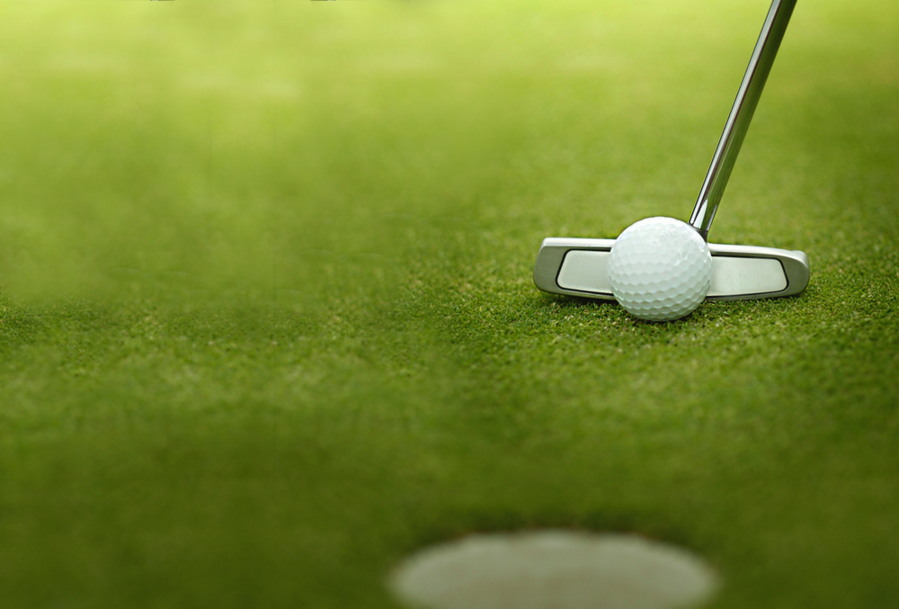TaylorMade Truss Putters Review
An innovative “new” putter has recently been unveiled by TaylorMade, known as the Truss putter. While some golfers are surprised by the unusual look of the new Truss putters, the design promises to offer players stability and performance. But what makes them so different to the current golf putters on the market? We talk all about it in this review of the TaylorMade Truss putters.

Why have they been created?
TaylorMade are one of the most popular golfing brands and put significant thought into each of their designs and quality of their equipment. They collected data from 40,000 putts which were used by golfers of various levels, in order to find cracks in the original standard putter design. This helped TaylorMade to identify which area of the putter is most commonly hit – the toe-end of the putter – and create a club to combat this.
What are Truss putters?
TaylorMade have developed Truss putters for players who desire stability and forgiveness of a mallet putter but prefer a traditional look at address. However, the TaylorMade Truss putters are far from “traditional” in shape as they are highly distinctive from other angles, which many golfers claim to be “ugly”.
According to TaylorMade, “it looks like nothing else, because it putts like nothing else”. But this is where the controversy begins. This is not true, because there are a couple of putters already on the market that include the Truss framework – one from Titleist and one from a company called Ashdon Golf.
Even though this technology isn’t revolutionary and TaylorMade may have copied it from elsewhere, it would be interesting to see whether it really does “putt like nothing else”.
The technology involved

The Truss putter’s unique shape is designed to help golfers to perform better. The triangle-shaped Truss framework – where the name of the putter comes from – allows multiple contact points compared to the standard-shaped putter which has just one. It is also a way of connecting the shaft to the head, to improve the stability of the putter upon impact and ensure a more stable strike from an off centre-hit, thus preventing the head from spinning.
The putter also includes a striking hosel design, which is engineered to provide torsional stability – the main selling point of these new putters.
According to Google, the word Truss means:
“A framework, typically consisting of rafters, posts, and struts, supporting a roof, bridge or other structure”.
So, this putter is all about support. In fact, the “new” framework supports the putter face so off-centre hits result in the face twisting less than standard-shaped putters. This means that when you hit the golf ball, the face has less rotation and the face stays squarer, to help with stability.
The TaylorMade Truss putters
The TaylorMade Truss putter range includes four different head shapes, including a blade and a mallet. These include:
What’s the difference between the four TaylorMade Truss putters?
- TB1 and TB2
The TB2 offers a traditional blade shape, with the Truss framework sat in the middle of the putter. Similarly, the TB1 also has a traditional blade shape, but the Truss framework sits further towards the heel instead.
- TM1 and TM2
The TM1 and TM2 are two mallet designs, where the neck of the putter is different. But what’s the difference between the two Truss putters? Well, the TM2 has a more centre shaft option, whereas the TS1 has a more traditional placement of the shaft going into the head.
What are your thoughts on the new TaylorMade Truss putters?
If you require any advice or would like a fitting, do not hesitate to get in touch with the team.
You may also like: A guide to the new golf drivers for 2020
Feature image credit: Potential Filmmaker / Shutterstock








